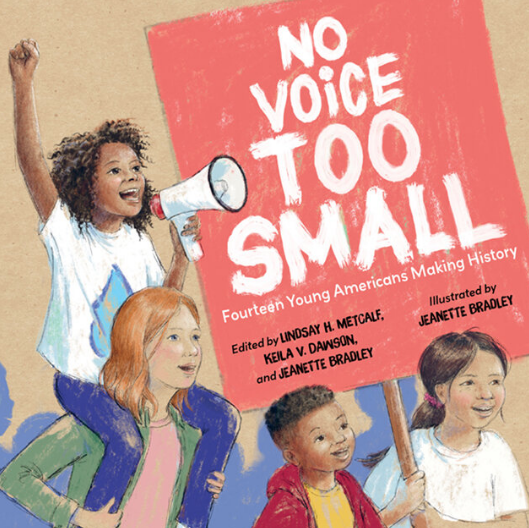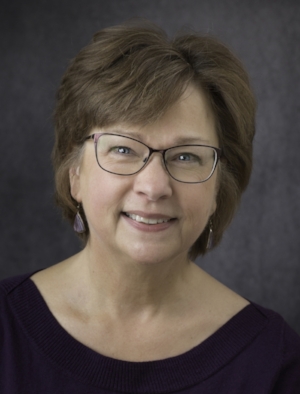Happy Friday Critters! I know— it’s Friday not Thursday but we are here! And this week has been crazy! So although this post is a day later than our normal posting, today we have a fabulous interview with Julie Murphy, a trained zoologist and zookeeper turned author! I’m such a huge fan of books that focus on fascinating facts about animals and nature— my boys pour over books like Julie’s. I’m so happy Julie is with us today, all the way from Australia, to talk about her books (19 and counting!), road to publication, and experience in the publishing industry.
So without further ado, please welcome Julie Murphy!
Where do you live?
I live in Melbourne, Australia
How many years have you been in publishing?
My first book was published in 2008. That’s also when I joined the Society of Children’s Book Writers and Illustrators (SCBWI).
How did you first get published?
I had been writing and submitting picture book manuscripts for a couple of years, and receiving quite positive feedback but no offers to publish. Around 2007, I decided to approach education publishers for prospective work-for-hire, using my science background as a selling point to try and get my foot in the door.
After hearing about a new local packager (a company that makes books to sell on to publishers) during a writing course I was attending, I wrote to them and crossed my fingers. I was fortunate to hear back within the week! By chance, one of their writers had just pulled out of a project at short notice, and they needed someone to step in right away. I was given the task of researching and writing a children’s non-fiction book (about nutrition!) in six weeks. Luckily, my science background trained me in how to effectively research scientific literature, which was very useful in meeting the strict deadline.
For anyone who doesn’t know, work-for-hire involves writing a book according to a specific brief provided by the packager or publisher. So, in this case, although the idea for the book wasn’t mine, the research and writing certainly was, and I was the attributed author.
This first book led to others, which allowed me to build a list of publications that led to finding work-for-hire with other publishers. That led to eventually getting my own manuscripts published.
Do you write full-time?
No. Besides not earning enough from my writing, I learnt through the recent Covid lockdown that writing full-time would drive me crazy. I am happy writing part-time, and working part-time as an Education Officer who leads junior school groups through education programs at an urban farm. I find the mix of solitary writing and in-person teaching the perfect balance.
What inspires you to create picture books?
I am most inspired to write picture books about animals and nature because that’s what I am most passionate about. I am fortunate that the city where I live, Melbourne, has forests and beaches within a few hours’ drive. I love walking in nature, and find it an important way to stay centered in a hectic world.
Working in a big city, I meet many kids who lack a connection to nature. I aim through my books to inspire children to seek out nature for themselves, for their own physical and mental wellbeing.
What surprised you the most working as an author?
I think the fact that I never feel like a “real” author. “Imposter syndrome” sets in quite regularly, but in some ways it’s useful because I’m always learning and trying to write the best book I can.
What is your favorite thing about being an author?
I love the freedom the lifestyle fosters - that a walk in the park might lead to a new story; that my job is to be curious like a child, to play with words, and to turn a thought into something fun, uplifting, important or even profound that can be shared with children.
What do you find difficult working as an author?
It’s often difficult to work out that special hook that will bring a fresh approach to a well-known topic, to give an edge over existing books in the market about that topic.
Finding the right hook requires patience and persistence. (It needs a new angle, but not too new or publishers will run a mile.)
What do you do to shake the rust off or get new ideas?
I leave my computer and do something different – walk my dog, visit a friend, do some gardening, watch a movie or documentary, or go out into nature. Once I stop thinking about my writing, that’s often when new ideas or a fresh approach come along.
Anything you are habitual about when it comes to creativity?
That’s an interesting question, which seems a bit paradoxical at first because I believe that creative ideas cannot be planned or forced. But you are right! Once I’ve got the idea or spark, I need to habitually sit at the computer to get the hard work done - writing the manuscript.
My daily routine is to check emails and social media first (for no more than half an hour) before then starting work on a manuscript. This seems to get me into the right frame of mind to do the work.
Can you share a positive experience you’ve had in the Kid Lit community?
The Kid Lit community is awesome! Your invitation to talk with you on the CritterLit blog is a wonderful example of the support and sharing that goes on. Thank you for having me here!
I must say that it took me a while to establish connections in the Kid Lit community because I’m basically an introvert. It’s easier for me to write a few sentences on Twitter than to talk person to person. However, my local SCBWI meetings were worth the initial awkwardness I felt at not knowing anyone. Through those meetings, I have found a tribe of like-minded, supportive friends and colleagues who attend each other’s’ book launches and help to spread the word of our new releases on social media.
Recommended reading?
For me, lots of picture books - fiction and non-fiction. You never know where the next idea will spring from, and it’s a great way to keep up with what’s being published, by which publishers, and to work out what (I think) works in a book and what doesn’t.
What has been the highlight of your career thus far?
While every step in my career has been exciting and beyond what I ever expected, the highlight is always the release of my NEXT book.
What is something you wish someone had told you when you first started writing?
Looking back, I think it may have been useful to have been forewarned how looooooong things take to happen in publishing. Persistence is truly as important as doing the writing.
Can you tell us about your newest book?
ODD BODS: The World’s Unusual Animals is a non-fiction picture book (with photos instead of illustrations) about how animals that look different from the norm are just as great at surviving as familiar-looking animals. ODD BODS was released in March this year through Lerner Publishing Group (Millbrook Press). It’s aimed at children K-3.
Here’s the blurb:
Long snouts, bright-red lips, pointy heads,,,the animal kingdom is full of critters with unique features. Learn about the incredible adaptations that help these creatures – and their odd bods – survive and thrive around the globe.
What’s up next for you?
I’m expecting the release of MOUNTAIN PYGMY-POSSUM: A Tiny Survivor through CSIRO Publishing (Australia) in October 2021, covid permitting. It is a narrative non-fiction picture book about a year-in-the-life of the endangered (and ultra-cute) Mountain Pygmy-possum, which is a native Australian animal that lives in only one tiny region in Australia’s highlands. And this book’s illustrations are beautiful!
Anything else you’d like to share with aspiring authors and illustrators?
While it’s important to attend training and information courses to hone your skills, and to get critique feedback on your manuscripts from colleagues, it’s also good to trust in yourself. With the wealth of information out there, you’re bound to discover conflicting information and suggestions that contradict each other, or which don’t suit your way of working. That’s okay. Don’t force these opinions onto yourself – follow your gut. Because if you’re in it for the long haul, you HAVE to enjoy the ride!
And last, but not least, favorite 80s movie?
The Empire Strikes Back (1980).
In 1977, Star Wars rocked my world. (Yes, I was a kid then.) But then the three-year wait for its sequel (Empire) was excruciating. Fortunately, the wait was worth it. Empire was one of those rarities – a sequel that was even better than its predecessor.
Huge thank you to Julie for stopping by Critter Lit today! Congrats on all your fantastic books!
JULIE MURPHY was trained as a zoologist and zookeeper, and has been writing fiction and non-fiction books for around two decades. Her 19 picture books and information books about animals and nature have been published by Trade and Education publishers in the USA and Australia (where she lives). Several books have won or been short-listed for major awards, including the Wilderness Society Environment Award for Children’s Literature.
Julie is a member of the Society of Children’s Book Writers and Illustrators (SCBWI), the Australian Society of Authors (ASA) and the Children’s Book Council of Australia (CBCA), and volunteer as a reviewer for the CBCA’s Reading Time, www.readingtime.com.au.
Julie writes books to inspire young readers to become lifelong readers and conservation stewards. She hopes to encourage kids to be more curious about nature and to become motivated to experience the natural world for themselves - even a park or back yard will do!
FOR MORE INFORMATION about Julie, visit her online: www.juliemurphybooks.com
Or follow her on social media:
Twitter: https://twitter.com/juliekidsbooks
Goodreads: https://www.goodreads.com/author/show/157536.Julie_Murphy
BUY THIS BOOK To order Julie’s book, click here.
WIN A COPY! Want to win a copy of ODD BODS?! Leave a COMMENT below or RETWEET this post on Twitter. One lucky winner will be announced on Thursday, October 28th! US addresses only please.













